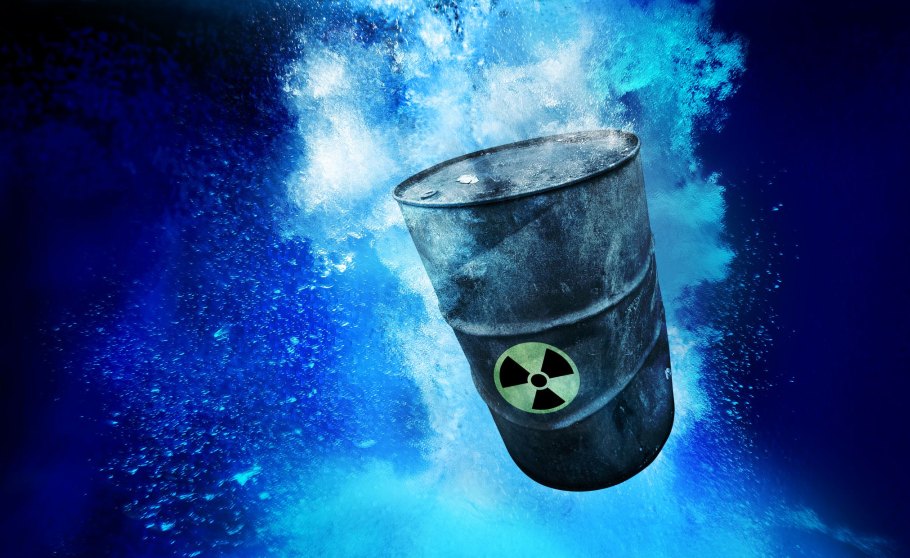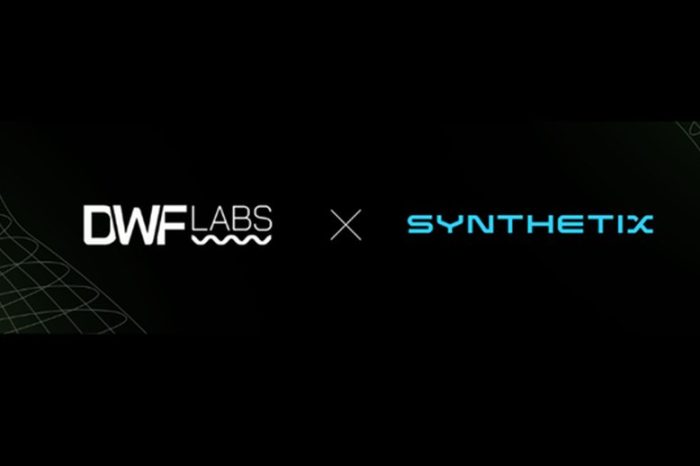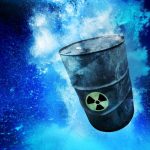400,000 gallons of radioactive water leaked from a nuclear power plant in Minnesota; made public after 4 months

Quick Brief
- In November 2022, 400,000 gallons of radioactive water was leaked at Xcel Energy’s Monticello nuclear power plant in Minnesota
- The leak was detected by routine groundwater monitoring systems and confirmed on Nov. 22, 2022, but it wasn’t made public until now.
- Officials report the leak is contained on Xcel’s property and offers no immediate public health risk.
Remember the Chornobyl nuclear accident of 1986 where at least 31 people died? The US government has just reported radioactive water leaked from a nuclear power plant in Minnesota, four months after it had happened.
According to a report by ABC News, 400,000 gallons of radioactive water leaked from Xcel Energy’s Monticello nuclear power plant northwest of Minneapolis in November 2022, and the situation was just made public. It took four months for the US government to disclose the incident.
The leak was detected by routine groundwater monitoring systems and confirmed on Nov. 22, 2022, according to ABC News. In a statement, the company said: “Xcel Energy took swift action to contain the leak to the plant site, which poses no health and safety risk to the local community or the environment.”
“We have taken comprehensive measures to address this situation on-site at the plant,” Chris Clark, president of Xcel Energy–Minnesota, North Dakota and South Dakota, said in a statement Thursday. “While this leak does not pose a risk to the public or the environment, we take this very seriously and are working to safely address the situation.”
According to the news release, Xcel Energy said it notified the Nuclear Regulatory Commission (NRC) as well as the state on Nov. 22, 2022, the day the leak was confirmed.
“The company has since coordinated regularly with state and federal regulators, as well as local officials. The company has been pumping, storing, treating and reusing the leaked water, which contains levels of tritium that are below the NRC safety thresholds. Tritium is a compound that is naturally present in the environment and is commonly created in the operation of nuclear power plants. It emits low levels of radiation, similar to everyday materials people use and the food we all eat,” the company said in a news release.
Ongoing monitoring from over two dozen on-site monitoring wells confirms that the leaked water is fully contained on-site and has not been detected beyond the facility or in any local drinking water. State agencies continue to monitor Xcel Energy’s remediation work to ensure the continued safety of the local community and surrounding environment.
“We have taken comprehensive measures to address this situation on-site at the plant. While this leak does not pose a risk to the public or the environment, we take this very seriously and are working to safely address the situation,” said Chris Clark, president of Xcel Energy–Minnesota, North Dakota, and South Dakota. “We continue to gather and treat all potentially affected water while regularly monitoring nearby groundwater sources. We will continue to partner with local groundwater specialists, and we remain in close cooperation with the MPCA, along with other state and federal regulators and our local community throughout the remediation effort.”
Meanwhile, Xcel Energy claimed that the radiation levels in the leaked water are so low that, even if the water were to reach a drinking water source, it would be as safe for a person to drink as the food they eat on an average day.” The question is, are Xcel Energy executives willing to drink water contaminated with radioactive materials?
However, the company has only been able to recover about 25% of the tritium released into the water.
“To date, Xcel Energy has recovered about 25% of the tritium released and will work to recover the rest over the course of the next year,” the company added.
Tritium is also a byproduct of the production of electricity by nuclear power plants that emits low levels of radiation.




